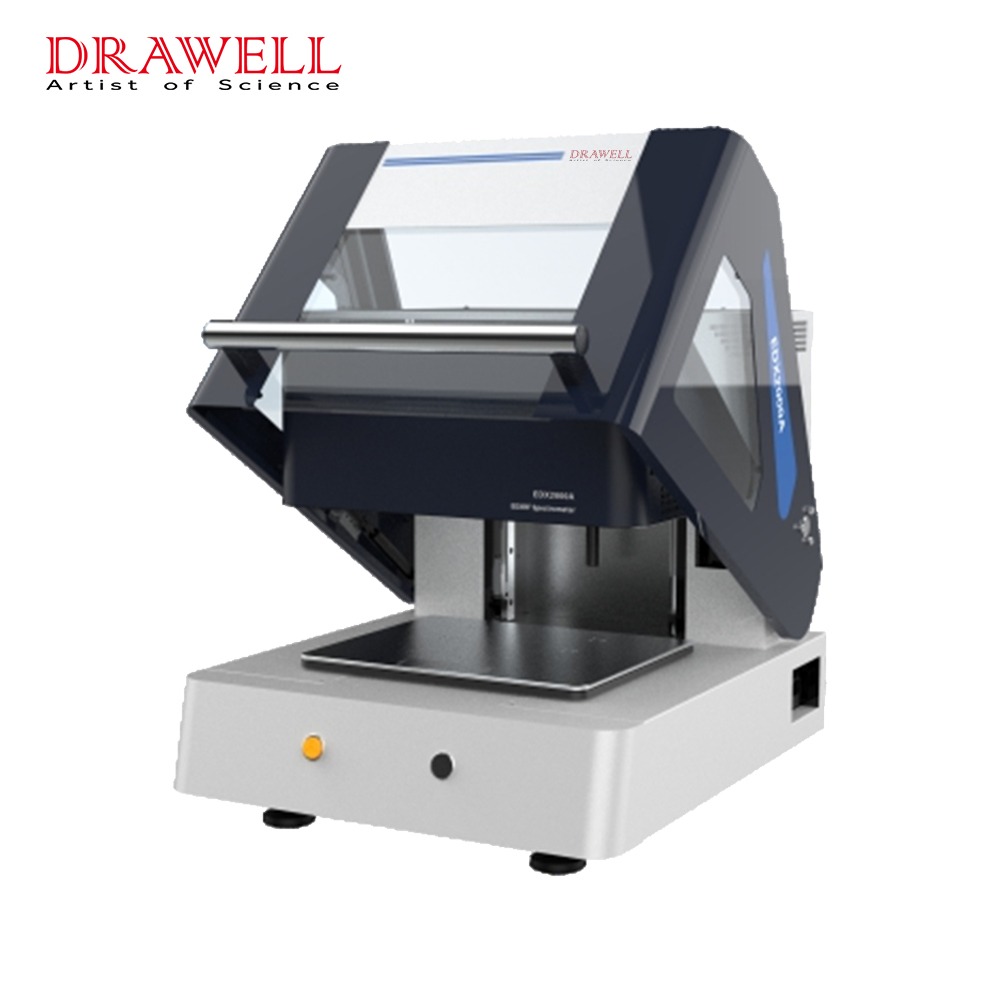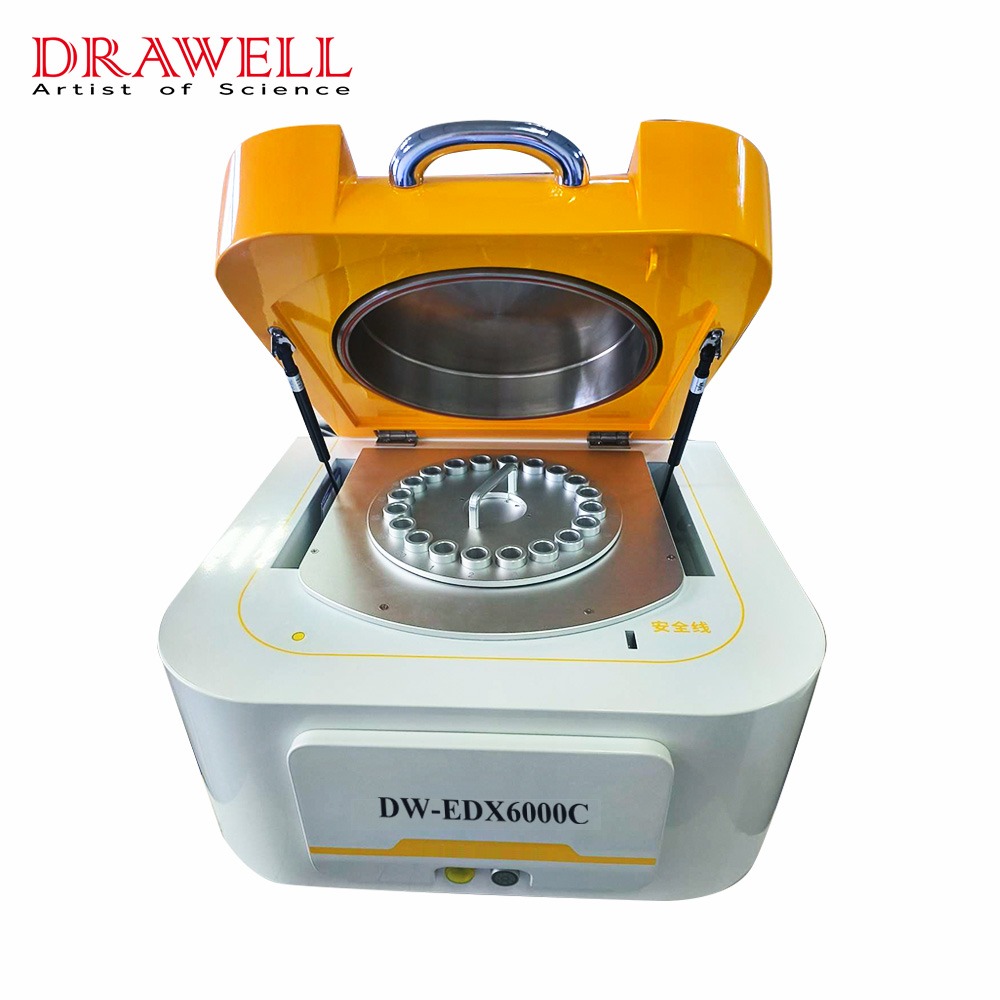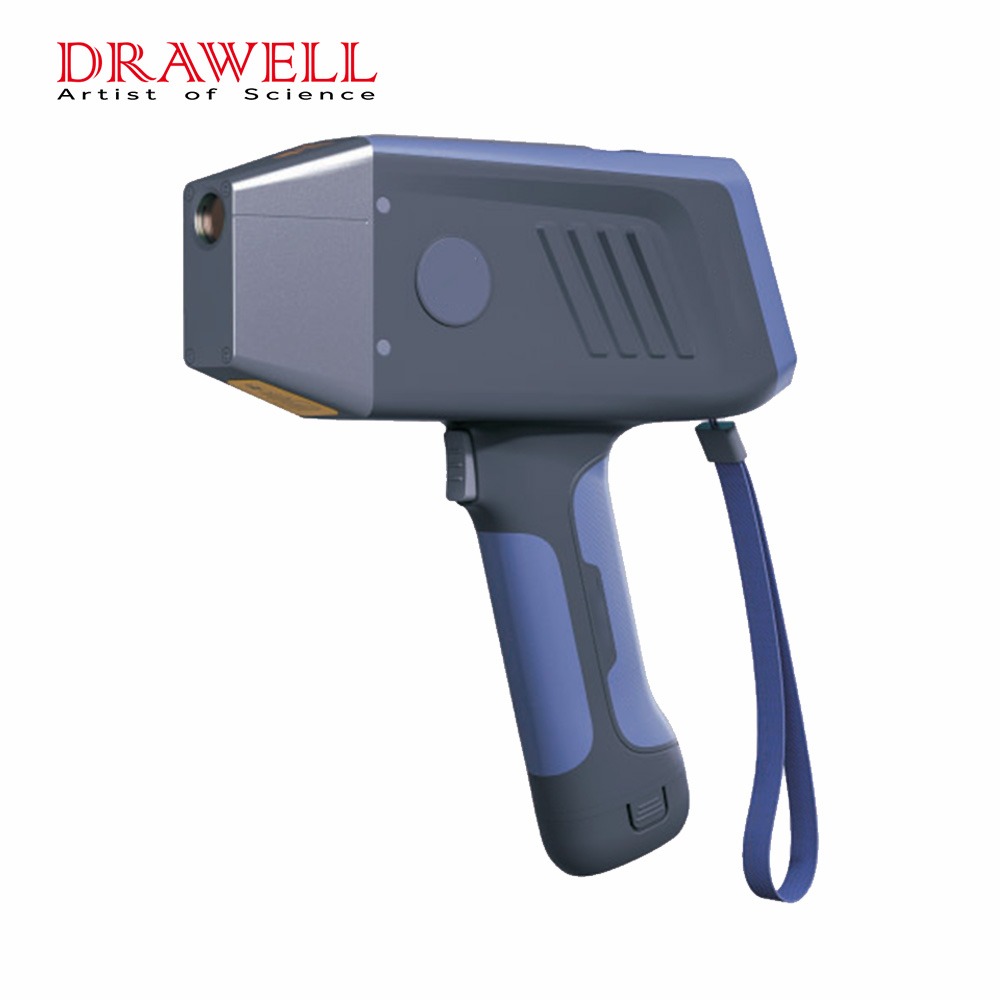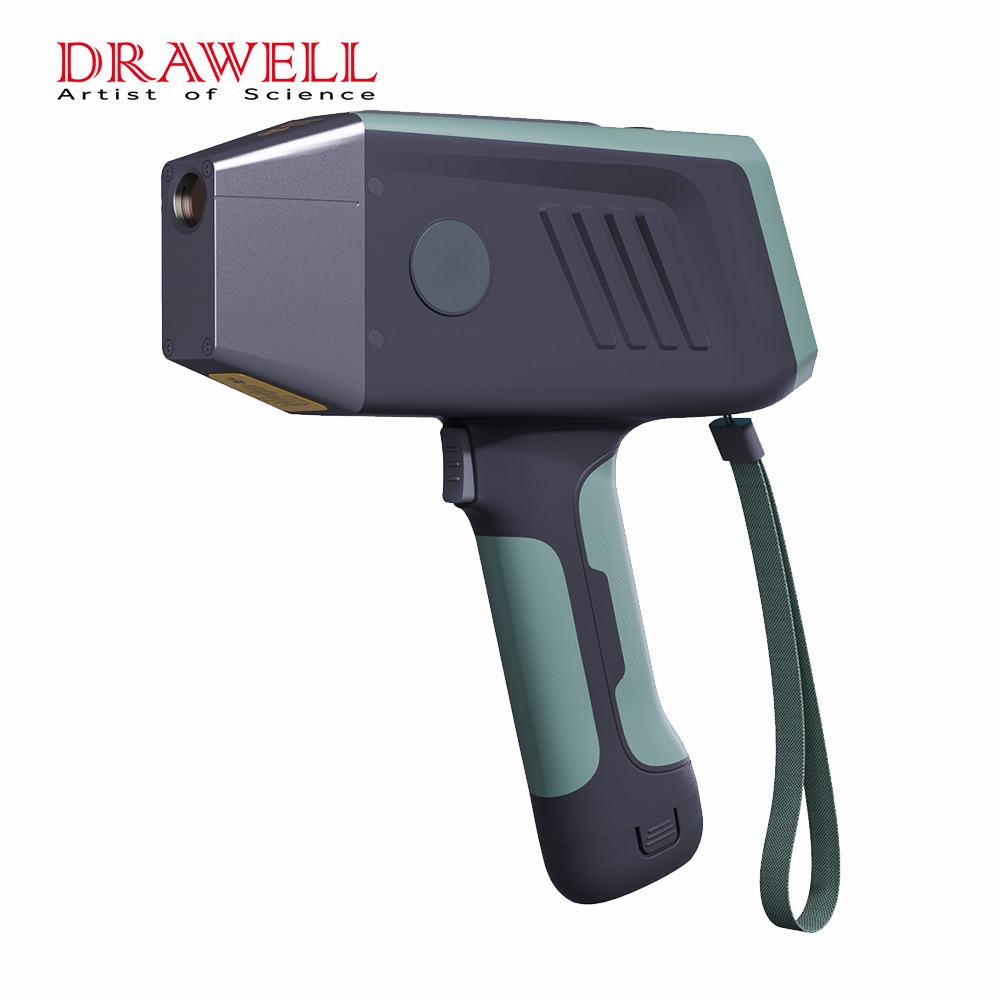X-ray fluorescence (XRF) spectroscopy is a powerful analytical technique used to determine the elemental composition of materials. This non-destructive method has gained widespread popularity across various industries due to its speed, accuracy, and versatility. From geological explorations to environmental monitoring and quality control in manufacturing, XRF is a valuable tool for scientists and engineers. This article delves into why XRF is a preferred choice, explores its main applications, and recommends different types of XRF instruments for specific needs.
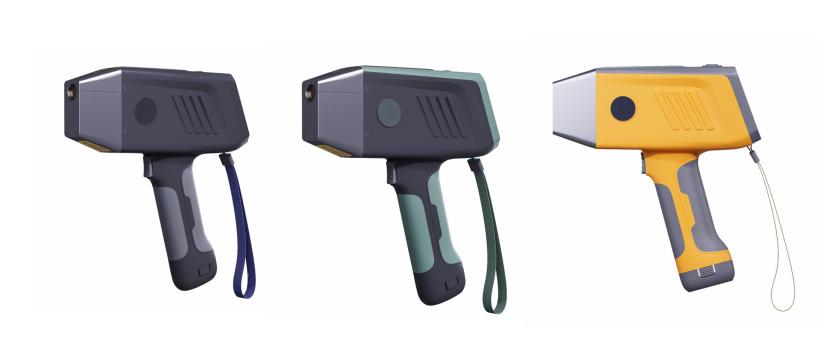
Why Choose XRF?
XRF offers numerous advantages that make it an attractive option for elemental analysis. Here are some key reasons why it is widely chosen:
- Non-Destructive Testing: XRF allows for the analysis of materials without altering or destroying the sample. This is particularly important when dealing with valuable or limited samples.
- Rapid Results: XRF can provide immediate results, making it ideal for real-time decision-making processes in various industries.
- High Sensitivity and Accuracy: XRF can detect and quantify elements present in concentrations as low as parts per million (ppm), ensuring precise and accurate analysis.
- Minimal Sample Preparation: Unlike some other analytical techniques, XRF often requires little to no sample preparation, streamlining the analysis process.
- Versatility: XRF can analyze a wide range of materials, including solids, liquids, and powders, across diverse fields such as geology, metallurgy, environmental science, and more.
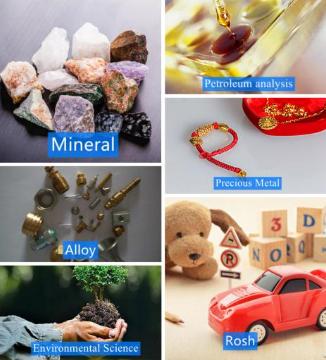
6 Main Applications of XRF
1. Environmental Science
XRF is extensively used in environmental science for soil and water analysis. It helps in detecting pollutants and assessing contamination levels, playing a crucial role in environmental monitoring and remediation efforts. For example:
· Pollution Monitoring: XRF is crucial for detecting heavy metals and other pollutants in air, water, and soil. It helps monitor environmental contamination by measuring elements such as lead, mercury, cadmium, and arsenic in different environmental matrices.
· Soil Analysis: XRF determines the elemental composition of soils, aiding in environmental assessments, soil fertility studies, and monitoring agricultural pollution.
· Water Quality Testing: By analyzing sediments and suspended particles, XRF helps assess water quality and the presence of harmful elements.
· Air Quality Analysis: XRF can measure particulate matter in the atmosphere, identifying sources of pollution and helping to implement air quality management strategies.
2. Geology and Mining
In geology and mining, XRF is used to analyze mineral and ore samples. It helps geologists determine the elemental composition of rocks and minerals, facilitating the exploration and extraction of valuable resources. Field applications include rapid on-site analysis of drill cores and rock samples, which can guide drilling decisions and improve operational efficiency. Here are the detailed applications:
· Ore Analysis: XRF provides quick and accurate analysis of ore samples to determine the concentration of valuable metals like gold, silver, copper, and zinc, facilitating efficient mining operations.
· Exploration and Mapping: Geologists use portable XRF devices in the field to assess mineral content and guide exploration efforts by creating geochemical maps.
· Mineral Identification: XRF helps identify and classify minerals by analyzing their elemental composition, supporting geological research and resource management.
· Mine Site Rehabilitation: XRF monitors the levels of contaminants in mining sites, aiding in environmental impact assessments and rehabilitation efforts.

3. Archaeology and Art Conservation
Archaeologists and art conservators use XRF to analyze artifacts and artworks without damaging them. This technique helps in identifying the materials and techniques used by ancient cultures, aiding in the preservation and restoration of cultural heritage.
· Artifact Analysis: XRF is used to analyze the elemental composition of archaeological artifacts such as pottery, metals, and pigments, providing insights into ancient manufacturing techniques and trade routes without damaging the items.
· Provenance Studies: By comparing the elemental composition of artifacts to known standards, XRF helps determine their origin and authenticity, aiding in historical research and cultural heritage preservation.
· Art Conservation: Conservators use XRF to study the materials and techniques used in artworks, guiding restoration efforts and ensuring the use of compatible materials.
4. Material Science and Engineering
In material science and engineering, XRF is used for quality control and research purposes. It helps in analyzing the elemental composition of raw materials, alloys, and finished products. Industries such as automotive, aerospace, and electronics rely on XRF to ensure the quality and consistency of their products. Here are the details:
· Quality Control: In manufacturing, XRF ensures that materials such as metals, ceramics, and polymers meet specific elemental composition requirements, enhancing product quality and consistency.
· Failure Analysis: When materials fail, XRF helps identify the elemental composition and detect possible contaminants or deviations from specified materials, aiding in root cause analysis.
· Coating Thickness Measurement: XRF measures the thickness and composition of coatings on various substrates, ensuring compliance with industry standards and specifications.
· Research and Development: XRF supports the development of new materials by providing detailed elemental analysis, facilitating the optimization of material properties.
5. Healthcare and Pharmaceuticals
In healthcare and pharmaceuticals, XRF is used to analyze medical samples and ensure the quality of pharmaceutical products. It helps in detecting contaminants and verifying the elemental composition of drugs and medical devices. This ensures patient safety and compliance with regulatory standards.
· Raw Material Verification: XRF ensures the purity and composition of raw materials used in pharmaceutical manufacturing, preventing contamination and ensuring product safety.
· Finished Product Testing: It verifies that pharmaceutical products meet regulatory standards by analyzing their elemental composition, ensuring proper dosage and efficacy.
· Medical Device Analysis: XRF analyzes the elemental composition of medical devices, ensuring they meet safety and performance standards.
· Nutritional Analysis: In the food industry, XRF determines the content of essential minerals and detects contaminants, supporting nutritional labeling and product safety.
6. Forensics
XRF plays a significant role in forensic science by providing elemental analysis of evidence from crime scenes. It can detect trace elements in gunshot residues, glass fragments, and other materials, aiding in criminal investigations. Real-life forensic cases have demonstrated the importance of XRF in linking suspects to crime scenes and providing crucial evidence in court.
· Trace Evidence Analysis: XRF analyzes trace elements in forensic samples such as glass, paint, and gunshot residues, helping link suspects to crime scenes and providing evidence in criminal investigations.
· Document Examination: XRF determines the elemental composition of inks and paper, aiding in the detection of forgeries and the authentication of documents.
· Drug Analysis: It identifies the elemental composition of illicit drugs and their cutting agents, supporting law enforcement efforts in drug identification and control.
· Tool Mark Analysis: XRF can analyze residues left by tools on surfaces, helping forensic experts link tools to specific marks at crime scenes.
In summary, XRF is a versatile analytical technique with wide-ranging applications across various fields. Its ability to provide rapid, non-destructive elemental analysis makes it an invaluable tool for environmental monitoring, geological exploration, archaeological research, material science, healthcare, and forensic investigations.
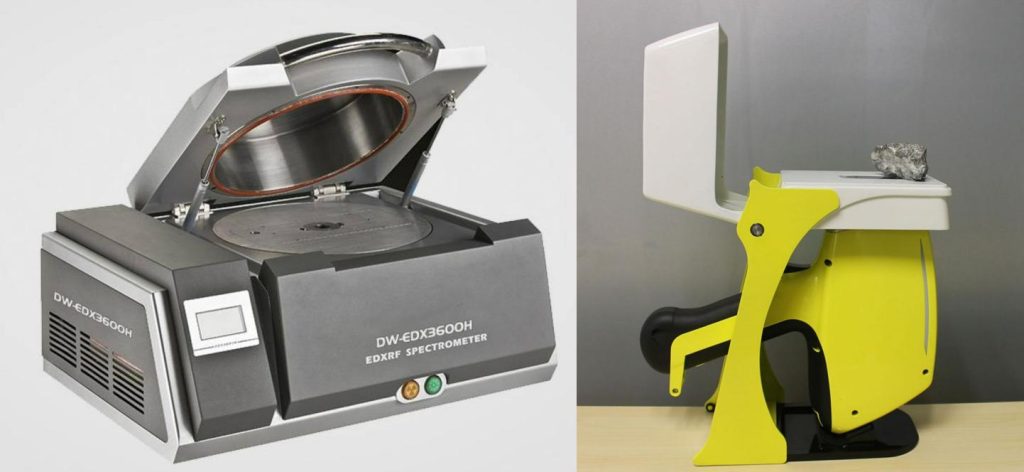
Recommended Types of XRF for Different Applications
| Type of XRF | Description | Recommended Applications |
| Portable XRF Analyzers | Handheld, lightweight, easy to use, provides rapid on-site analysis | Geological exploration, environmental monitoring |
| Benchtop XRF Spectrometers | High precision and accuracy, used in laboratory settings | Quality control, research and development in various industries |
| Micro-XRF Systems | Detailed analysis of small samples or specific areas of larger samples | Art conservation, forensic analysis, semiconductor research |
| Wavelength Dispersive XRF (WDXRF) | Higher resolution and sensitivity compared to EDXRF | Detailed elemental analysis in materials science, metallurgy |
Conclusion
X-ray fluorescence (XRF) spectrometer is a versatile and invaluable tool for elemental analysis across a wide range of industries. Its non-destructive nature, rapid results, and high accuracy make it a preferred choice for applications in geology, environmental science, manufacturing, art, pharmaceuticals, and food safety. By selecting the appropriate type of XRF instrument for specific needs, professionals can harness the full potential of this powerful analytical technique, driving innovation and ensuring quality in their respective fields.

